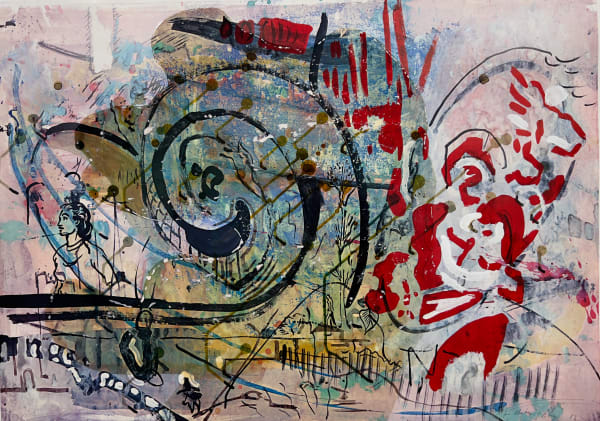Sigmar Polke German, 1941-2010
Sigmar Polke (1941-2010) was one of the most significant German artists of the 20th century. His versatile body of work includes painting, photography, printmaking, and collage. Polke was known for his experimental and playful approach to art, which positioned him as a precursor of Pop Art and Capitalist Realism. His works are characterized by critical and ironic commentary on society, and his innovative techniques and materials make him an outstanding figure in contemporary art.
-

Art & Design Tegernsee
Art Fair 3 - 6 Oct 2024We are presenting works by Bernard Aubertin, Markus Åkesson, Georg Baselitz, Agostino Bonalumi, Ylva Carlgren, Gotthard Graubner, Roni Horn, Åsa Jungnelius, Imi Knoebel, Tomas Lundgren, Otto Piene, Sigmar Polke, Turi...Read more -

Group Exhibition
New works by gallery artists 14 Sep 2017 - 27 Jan 2018New Acquisitions works by Georg Baselitz Imi Knoebel Lucio Fontana Agostino Bonalumi Alberto Biasi Gerhard Richter Sigmar Polke Gunther UeckerRead more -

Art Karlsruhe
13 - 16 Mar 2013Yoshitomo Nara & Hiroshi Sugito Jonathan Meese George Condo Peter Halley Paloma Varga Weisz Gerhard Richter, Sigmar Polke Georg Baselitz a.o.Read more -

Figurativ
6 Apr - 30 Jun 2012Cornelius Völker Jean-Luc Moerman Jeff Cowen Konrad Klapheck Sigmar Polke Thomas RuffRead more








